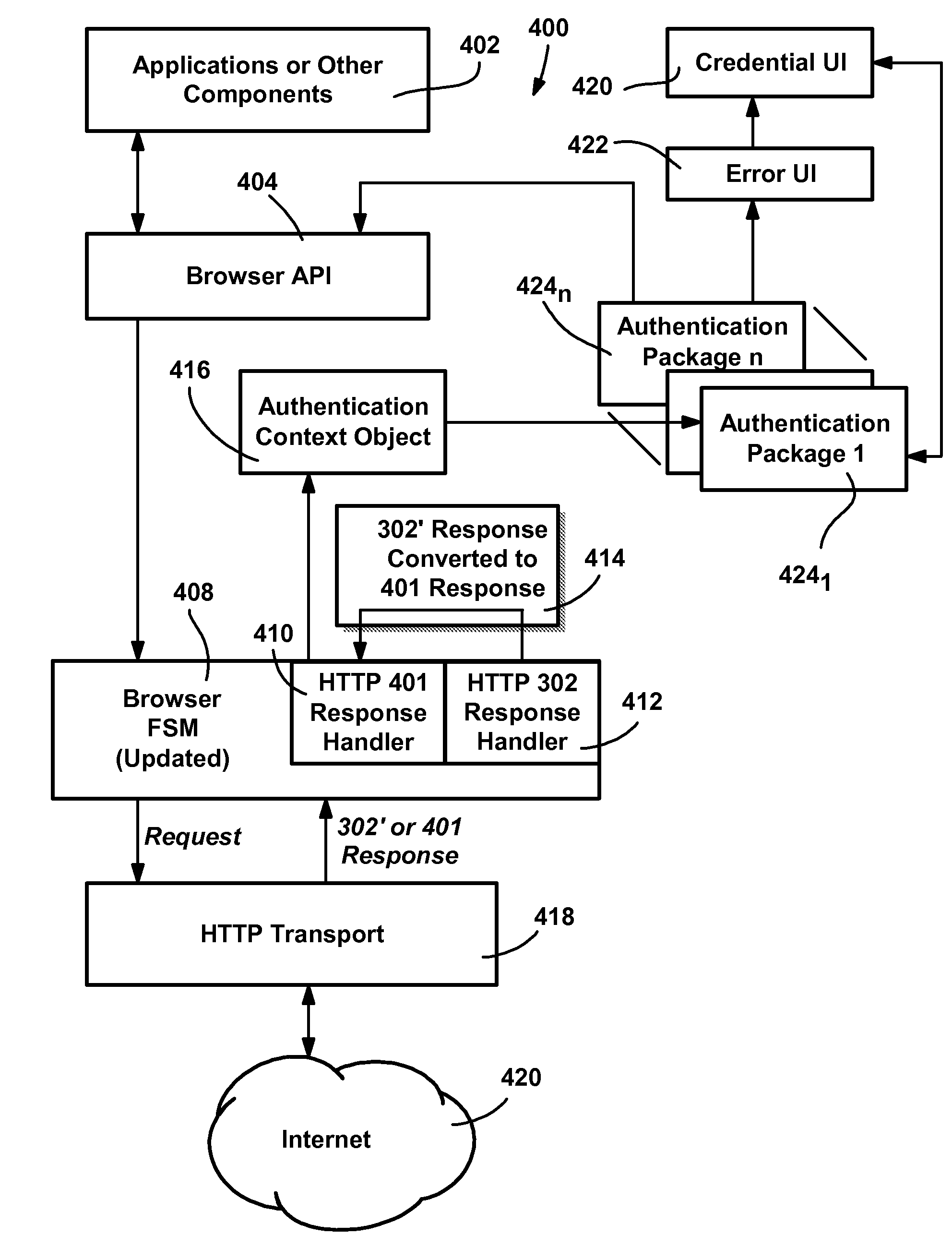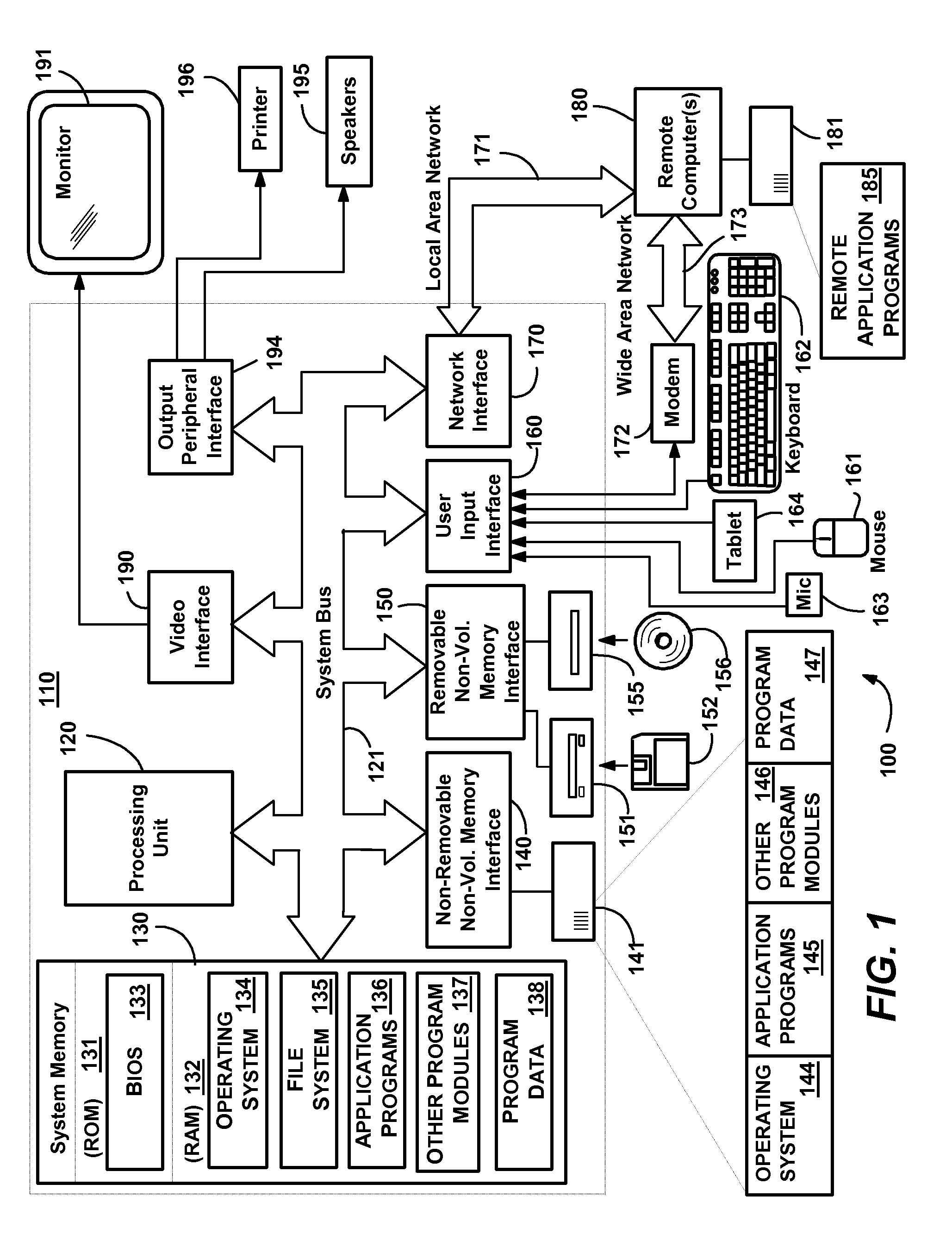Method and system of integrating third party authentication into internet browser code
a third-party authentication and internet browser technology, applied in the field of computer systems, can solve problems such as technical limitations, inability to implement such local security, and inability to realistically achieve the effect of using local security
- Summary
- Abstract
- Description
- Claims
- Application Information
AI Technical Summary
Benefits of technology
Problems solved by technology
Method used
Image
Examples
example scenario
Cast [0160] Laurel: Passport user, has a member account. [0161] Rusty: Her son, aged 8, has a Kids Passport account. [0162] SpottedCow.com: The site dedicated to Rusty's favorite cartoon character. SpottedCow.com is a Passport partner which uses Kids Passport consent service for COPPA compliance. [0163] Disney.com: Another kids targeted Passport partner that handles its own consent process. [0164] MSN network and sites: Laurel and Rusty use MSN sites as their primary web portal.
Task
[0165] We are going to follow Rusty do the following: [0166] Rusty starts browsing the web at MSN. He clicks Sign-In. [0167] He is prompted; he enters his passport credentials. [0168] SpottedCow is featured in the Kids section of MSN. He wants to see what's up. [0169] Since he has not been to SpottedCow before, he needs his mother's permission. [0170] Rusty and his mother start the consent process, at the end of which Laurel gives consent for him to view SpottedCow. [0171] Rusty goes to SpottedCow. [0...
PUM
 Login to View More
Login to View More Abstract
Description
Claims
Application Information
 Login to View More
Login to View More - R&D
- Intellectual Property
- Life Sciences
- Materials
- Tech Scout
- Unparalleled Data Quality
- Higher Quality Content
- 60% Fewer Hallucinations
Browse by: Latest US Patents, China's latest patents, Technical Efficacy Thesaurus, Application Domain, Technology Topic, Popular Technical Reports.
© 2025 PatSnap. All rights reserved.Legal|Privacy policy|Modern Slavery Act Transparency Statement|Sitemap|About US| Contact US: help@patsnap.com



